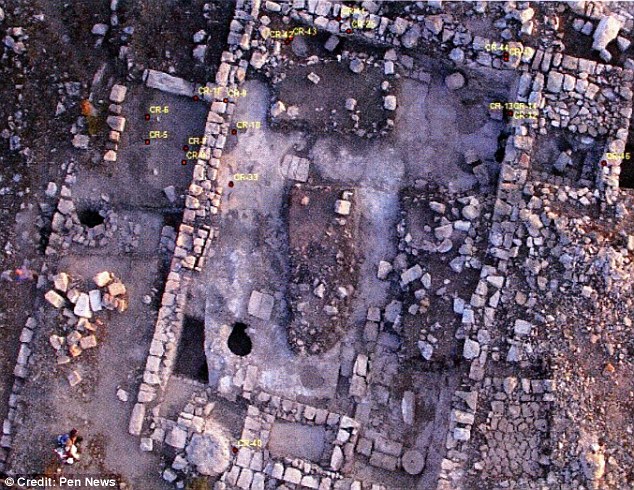A team of archaeologists is claiming that they have uncovered the true location of the first miracle that Jesus ever performed. According to the second chapter of the Gospel of John, Jesus transformed water into wine during a wedding in a town called Cana. But there has always been a tremendous amount of debate as to where ancient Cana was actually located. For centuries, tourists have been taken to a little down in northern Israel known as “Kafr Kanna”, but now recent discoveries have convinced archaeologists that the real site is located on a dusty hillside about five miles to the north. The following comes from a British news source…
For hundreds of years, pilgrims have believed the site of the miracle to be Kafr Kanna, a town in northern Israel, where they visit the 20th-century Wedding Church.
But the true location has long been debated – and now archaeologists believe the Cana of biblical times may be a dusty hillside five miles further north.
Interestingly, the mainstream media in the United States has been almost silent about this discovery.
Excavations of an ancient Jewish village known as “Khirbet Qana” have revealed “a network of tunnels used for Christian worship”, and those tunnels were marked with crosses.
In addition there were “references to Kyrie Iesou, a Greek phrase meaning Lord Jesus”…
It’s the former site of Khirbet Qana, a Jewish village between the years of 323 BC and AD 324, where archaeologists have discovered a number of compelling clues.
Excavations there have revealed a network of tunnels used for Christian worship, marked with crosses and references to Kyrie Iesou, a Greek phrase meaning Lord Jesus.
There was also an altar and a shelf with the remains of a stone vessel, plus room for five more. Six stone jars like this held the wine in the biblical account of the miracle.
But Christian symbols and phrases could have just meant that early Christian believers gathered in that location for fellowship.
What really locked it in for the archaeologists was the historical evidence that they were able to piece together…
‘We have uncovered a large Christian veneration cave complex that was used by Christian pilgrims who came to venerate the water-to-wine miracle.
‘This complex was used beginning in the late fifth or early sixth century and continued to be used by pilgrims into the 12th-century Crusader period.
‘The pilgrim texts we have from this period that describe what pilgrims did and saw when they came to Cana of Galilee match very closely what we have exposed as the veneration complex.’
In addition, this particular location matches the references to Cana in the writings of Josephus and in ancient rabbinic texts.
According to those ancient sources, Cana “was a Jewish village, near the Sea of Galilee and in the region of lower Galilee”.
Of all the sites that have even been proposed as the historical Cana, Khirbet Qana is the only one that meets all of those criteria.
Sadly, tourists continue to be taken to Kafr Kanna, but that only began to be recognized as a pilgrimage site in the the 1700s. It is becoming clear that it almost certainly was not the spot where Jesus turned water into wine, but it will be difficult for old patterns to change.
This article originally appeared on Unexplained Mysteries. About the author: Michael Snyder is a nationally syndicated writer, media personality and political activist. He is publisher of The Most Important News and the author of four books including The Beginning Of The End and Living A Life That Really Matters.
